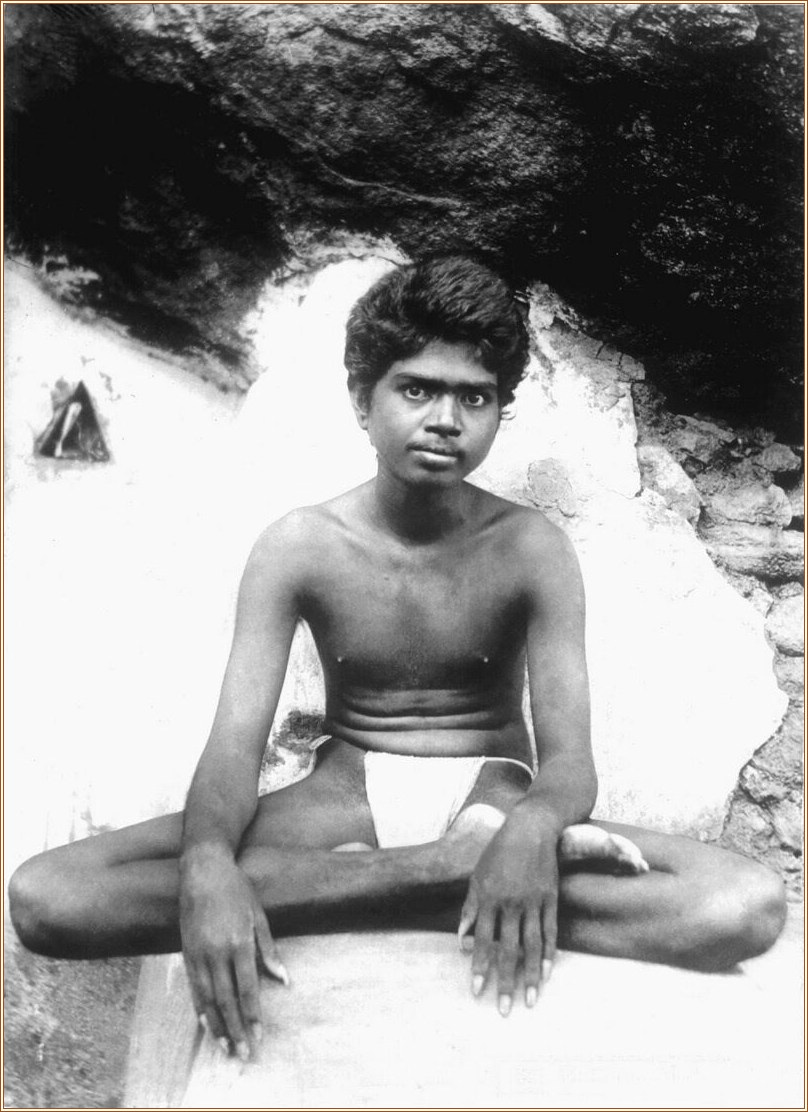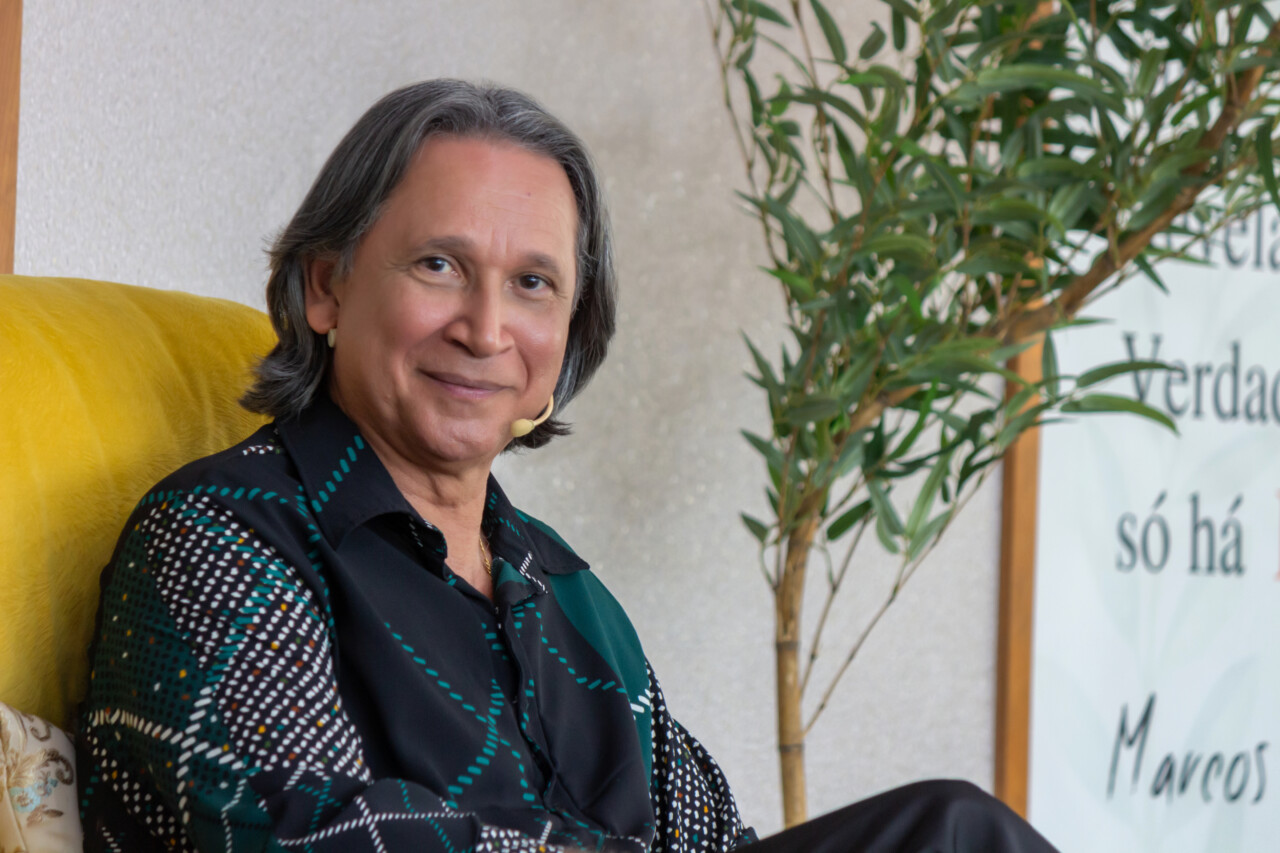Ramana Maharshi
Some people ask me: “Is Ramana your Guru? Was he your Guru?”. My answer is crystal clear in this regard. I count Ramana as Myself, as What I Am. I see him as a more magnificent thing than a Guru. Currently, I can clearly see Him as the Universe itself, as Life itself, In Itself, and that is nothing but What I Am.
Marcos Gualberto Tweet
The Sage of Arunachala
Ramana Maharshi, born in 1879, was a Master, one of the wisest men in the entire history of Indian culture, considered by many people as “the Master of Masters”.
In Indian culture, there is a concept of a Realized person, of a Realized being. The ordinary man is called as jiva and the Realized One, as a Jivamukti or Jnani, who is the one free from all ignorance born out of people’s unconsciousness about themselves, about What they Are.
The way Ramana Maharshi turned into a Jivamukti, a liberated person in life already at the age of 16, was quite curious and rare. Even though he belonged to the Brahmin caste, he was not a religious person. All of his contact with Hindu religiosity was through a book he read reporting the biography of the 63 holy men of the Saiva sect (worshipers of Shiva) and through one of his uncle’s talks, when the word Arunachala was mentioned, touching Ramana deeply. Arunachala is the name of the sacred mountain that represents God Shiva within the Hinduism, located in the state of Tamil Nadu, in Southern India, in the city of Tiruvannamalai.


On a certain occasion, Venkataraman (his name of birth), was suddenly, and for no logical reason, struck by a feeling of death, as if he was going to die and there was no way to escape from it. Instead of getting desperate or of searching for help, Ramana felt compelled to observe that, to face the death and to investigate who is this mortal entity, who is this one who may die. Therefore, he lay down in the position of a dead man and dramatized that moment, turning all his attention to that occasion.
Then, he realized the body could die, but the Self, the Consciousness, precedes the body and has neither birth nor death, so the Being is beyond any ephemeral and transitory manifestation. That moment represented the end of a belief in the “me” reduced to a personal story, a “me” named Venkataraman, and the appearance of a Jnani, the one awakened to the Real Nature. Shortly after that profound experience, Venkataraman left his family, his city, and felt compelled to live for the rest of his life at the feet of the Arunachala mountain, where he actually lived until his 70’s.
Ramana Maharshi became well known in the western world after the publication of the book “The Secret India,” by the British journalist Paul Brunton. In Brazil, he became widely known through a book called “Maha Yoga”.
Around Ramana, living in his Ashram, there were many simple and illiterate men, who reported that the Indian Sage was not only a man with the divine and penetrating look of a saint, but also an energic Guru able to show a disciple or the entire sangha their right place in an apparent burst with rage. In other words, a Sage applies all the necessary means to convey the Upadesa, being not limited to any pre-established behavior, role, or pattern.
Ramana left the form in 1950, after being hit by a cancer in his arm. His body suffered tremendously due to the disease in his last years, although he would never show he was in suffering, he would never mind the body. During this period, he kept sharing and showing everybody that the Being is beyond every manifestation, and that Life cannot be limited to the body.
The proof is that even after his death, his Presence remained alive, being felt not only in his Ashram, in India, but also in several locations by different people who were touched in a simple and sincere way thought the contact with his image, being then able to get in touch with the truth, the beauty and the power of Ramana’s Grace.


